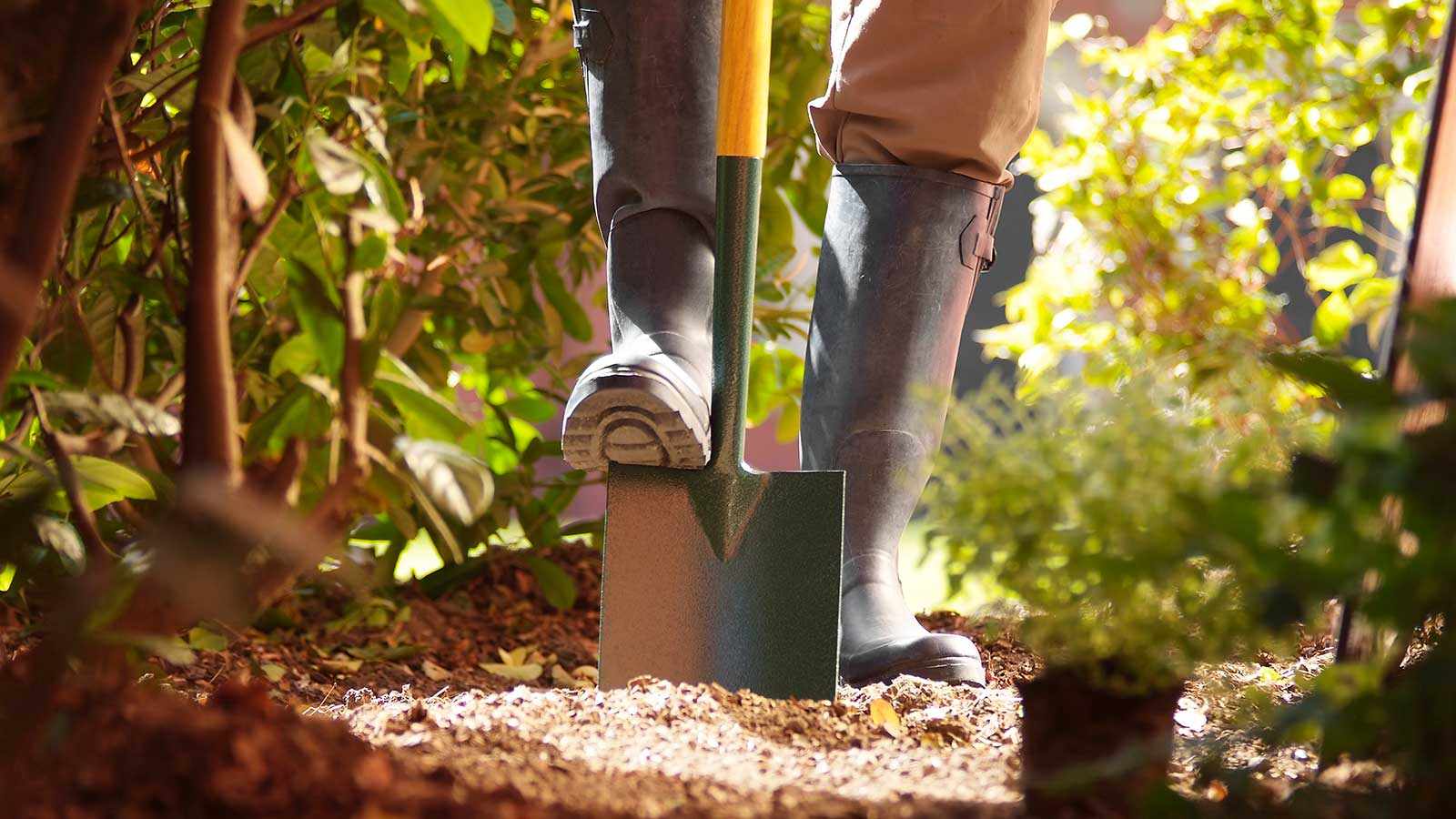
On the whole, gardening can be a wonderful activity. It allows us to appreciate nature, get some fresh air, and take a break from screens. There's also a huge sense of reward in growing your own veggies, flowers, fruit, and herbs.
However, even the keenest of gardeners would agree that certain tasks can become tiresome year after year, whether that's weeding, mulching, or constantly watering plants during hot, dry spells. Such outdoor chores can make ticking off your to-do list feel daunting, especially if you're short on time. But, there are ways to make them easier and faster – and as a result, more enjoyable – that you may not have thought of yet.
I turned to the experts for their tips on five of the worst gardening jobs. If you're about to tackle your spring outdoor checklist or are simply planning ahead for the year, their advice is sure to come in handy.
1. Getting rid of tricky weeds
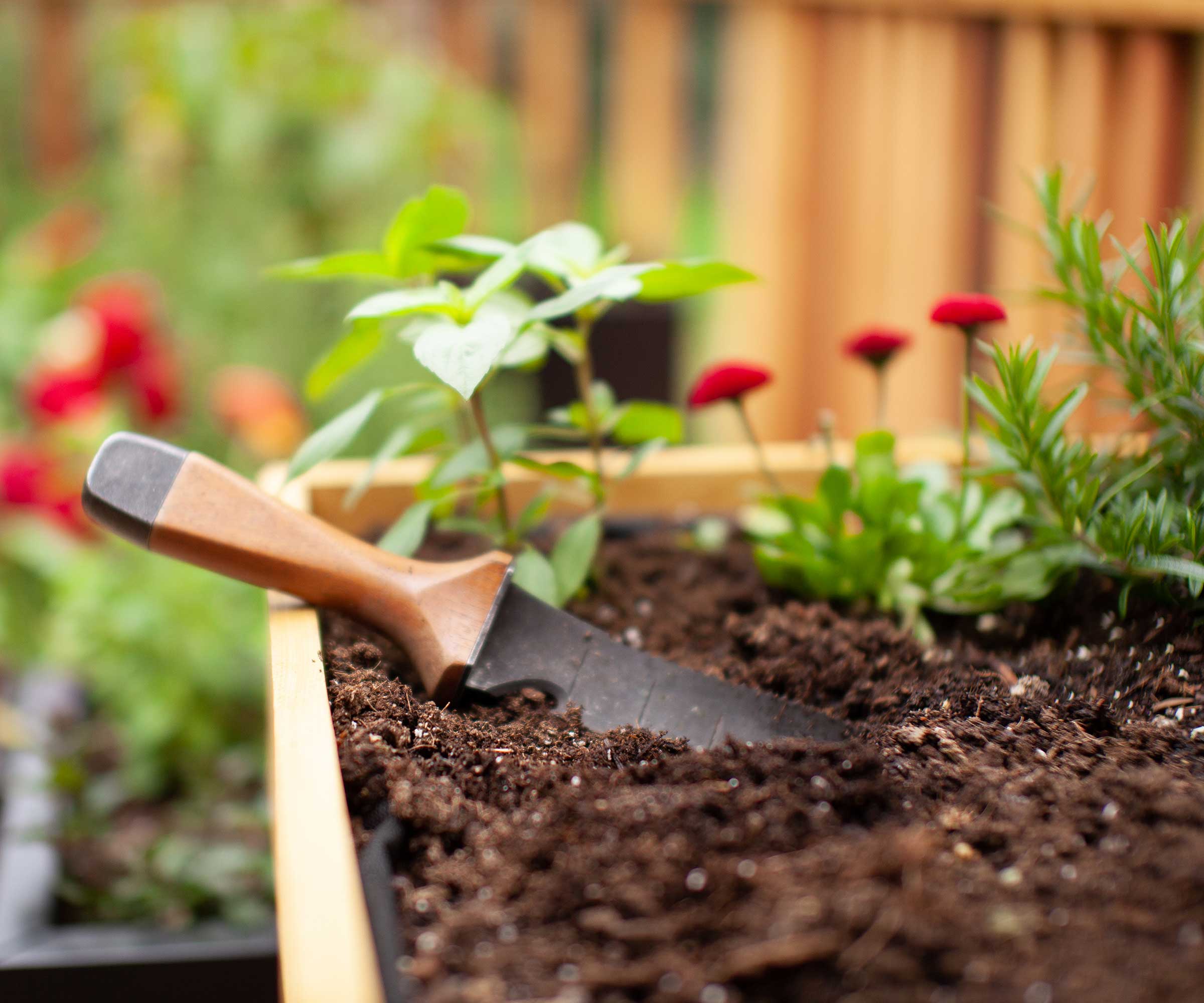
Whether you're clearing part of your yard for a new garden bed or are trying to keep gravel paths and borders looking pristine, getting rid of weeds can feel like a never-ending (and back-breaking) slog. And if you're tackling deep-rooted or prickly ones, it's even worse.
'Check for and remove weeds often,' says Amy Enfield, senior horticulturist at ScottsMiracle-Gro. 'Weeds are much easier to remove when they are small, before their root system has a chance to fully develop.'
The right tools are also important. 'A long-handled weeding tool helps you grip and remove weeds without straining your back,' she says, adding that long gloves made of tough leather will protect your hands from thorns and prickly plants. She also recommends a hori hori knife, which has a serrated blade, making it ideal for digging in the soil and cutting through tough roots.
'With some types of prickly weeds, I’ll clip the stem off just above the soil level, throw that in the compost, and then work on pulling the roots so I don’t have to worry about avoiding the prickles while pulling,' says Justin Hancock, a horticulturist from Costa Farms.
Rebecca Sears of Ferry-Morse also recommends planning your gardening tasks based on the weather. 'Working in the hot sun can lead to sunburn or dehydration, so I suggest weeding earlier in the morning or in the evening when it’s cooler outside, and keep a water bottle close by to stay hydrated throughout the day. If the forecast predicts rain, plan to weed once the storm has passed, as the moist soil will make it easier to pull weeds out.'
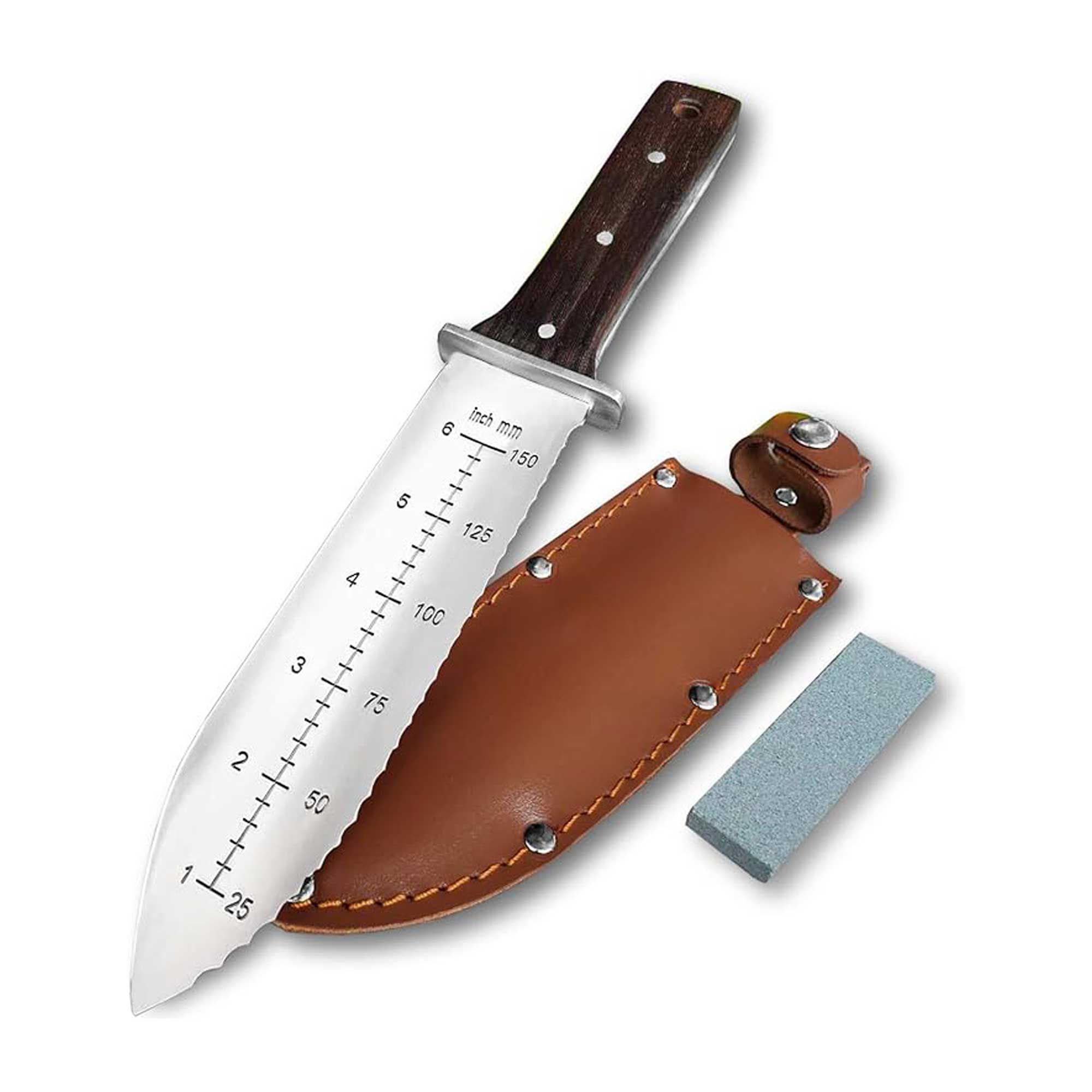
This garden knife from Gonicc has a rust-proof stainless steel blade with a handy depth scale. A leather sheath and sharpening stone are also included.
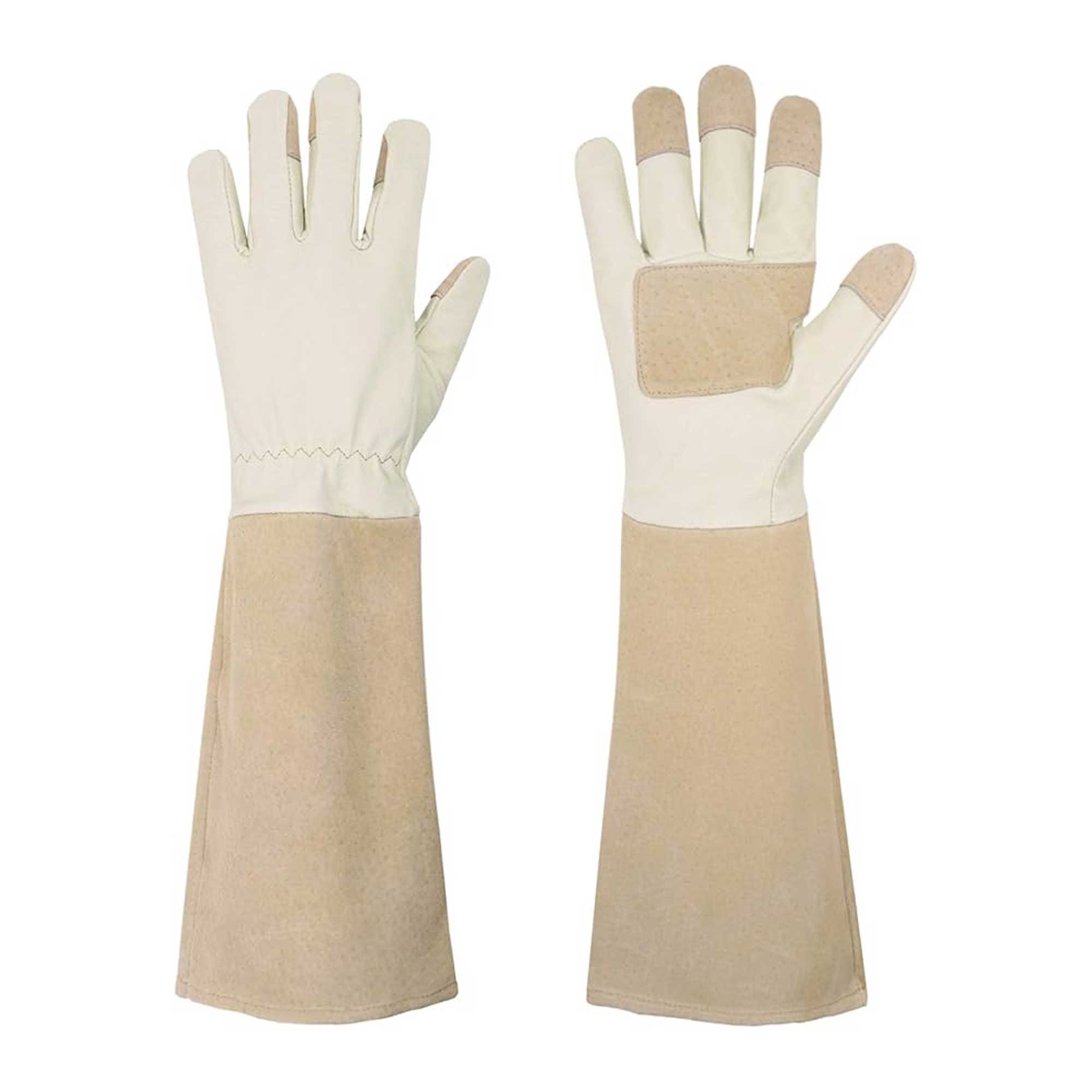
Protect your hands from thorny weeds with these long, leather gardening gloves from Handlandy. Different colors are available.
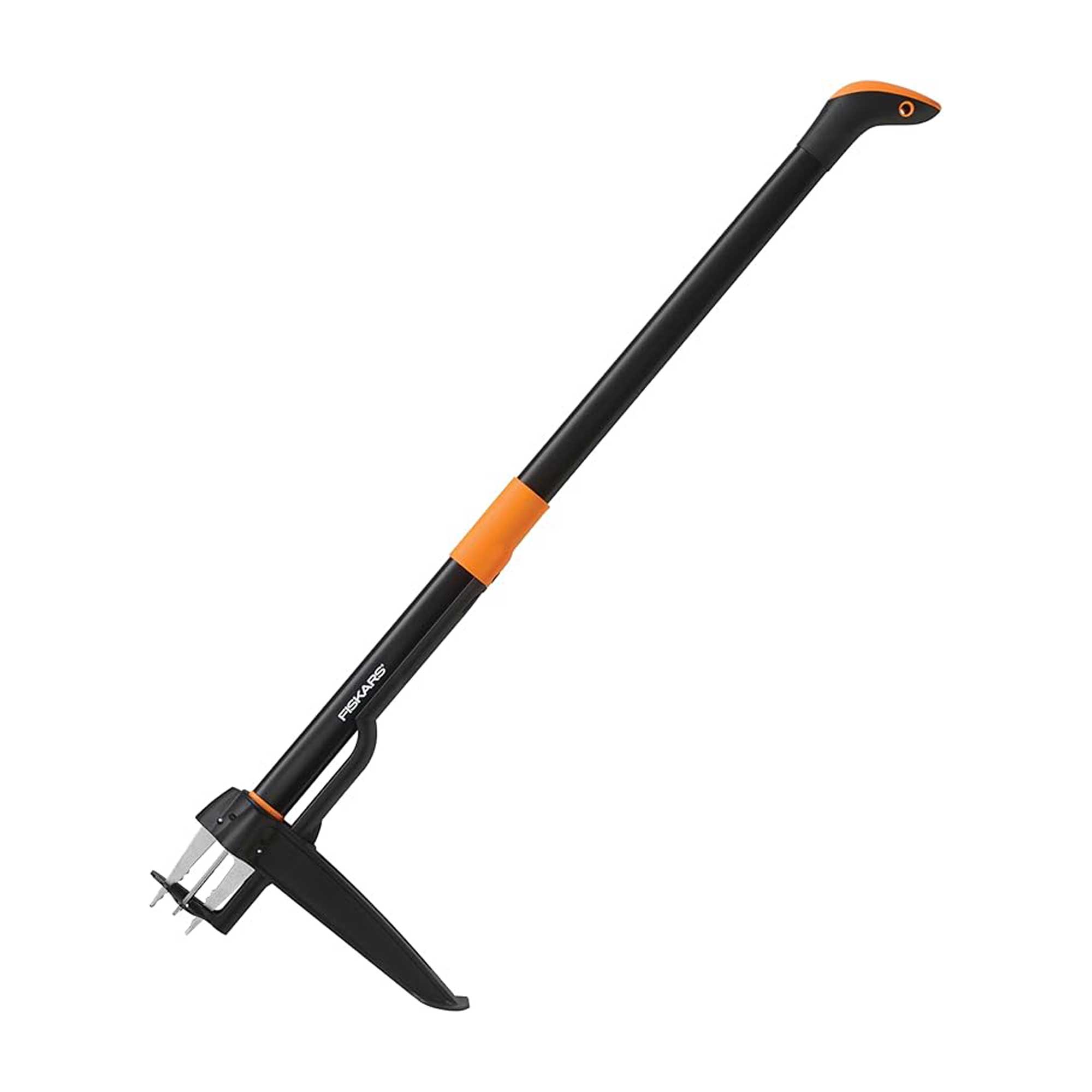
Clear garden beds while standing with this clever tool from Fiskars, featuring serrated claws to grab weeds by the roots.
2. Thinning seedlings
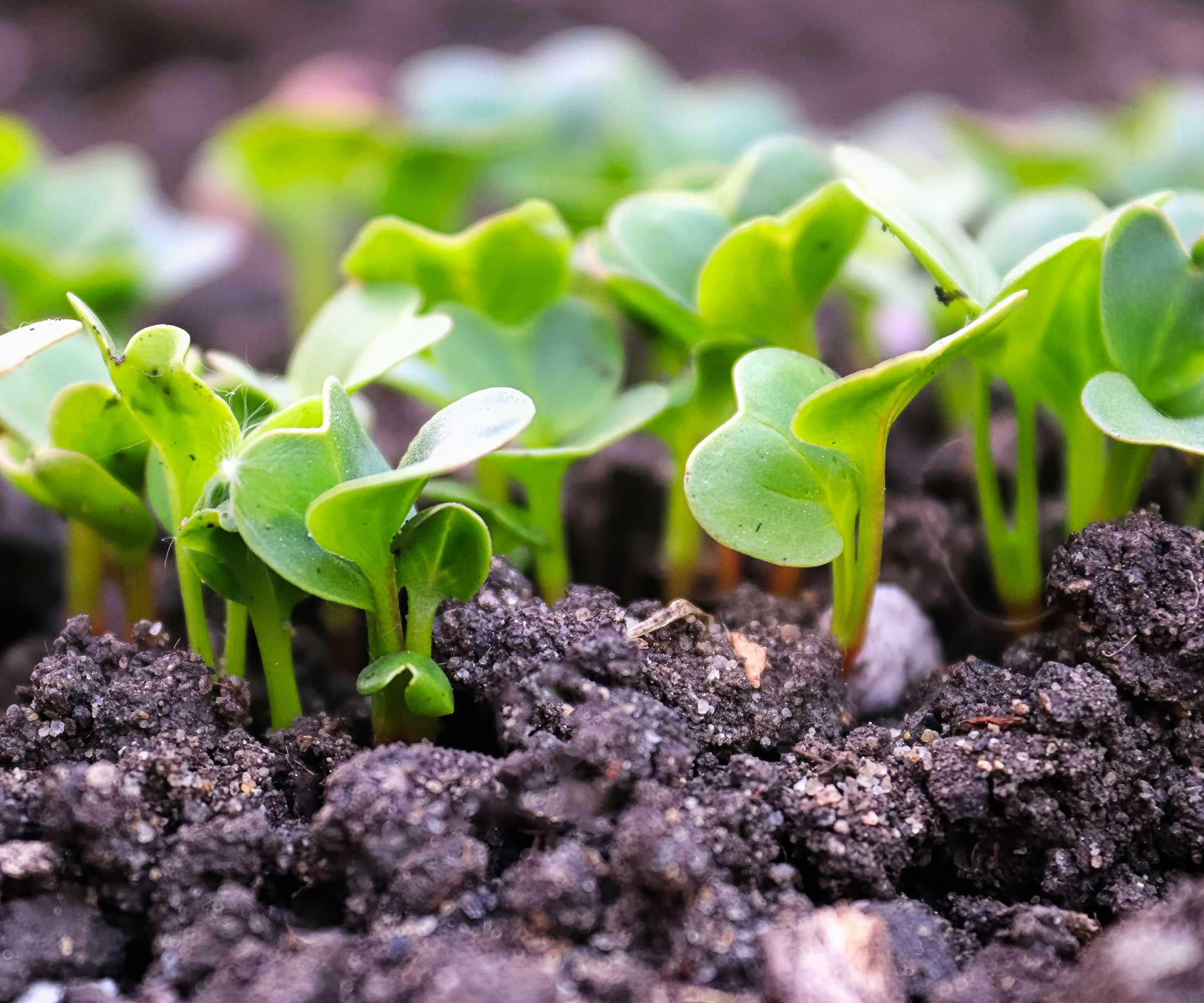
'Thinning seedlings gives the remaining plants the space they need to grow strong, but it can feel wasteful to remove all those extra plants,' says Amy. It's also quite a fiddly task, requiring a good bit of patience if you're working on multiple rows.
Amy recommends using clean and sharp garden snips or small scissors to snip the extra seedlings at the base. This helps to avoid disturbing the roots of the plants that will stay, she explains. 'Don’t wait too long to thin your plants,' she adds. 'Seedlings should be thinned as soon as they have their first set of true leaves. Waiting until the seedlings are larger not only affects the growth of the plants, but also makes the thinning task more difficult.'
If you're tending to seedlings planted directly in the soil, you may find a garden kneeler makes it a more comfortable job.
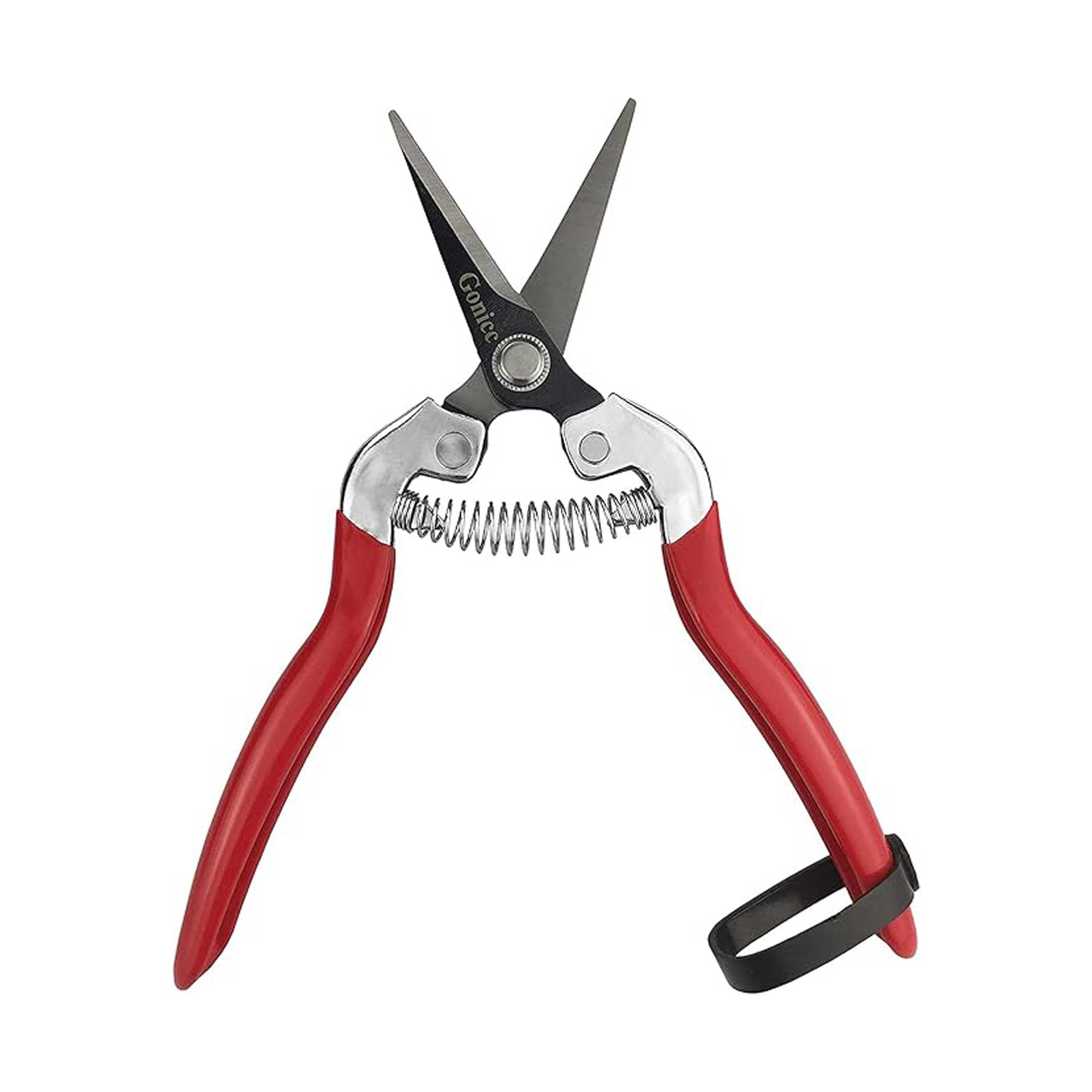
These sharp snips are ideal for precise cuts, whether that's when thinning seedlings or deadheading spent blooms.
3. Digging in difficult soil
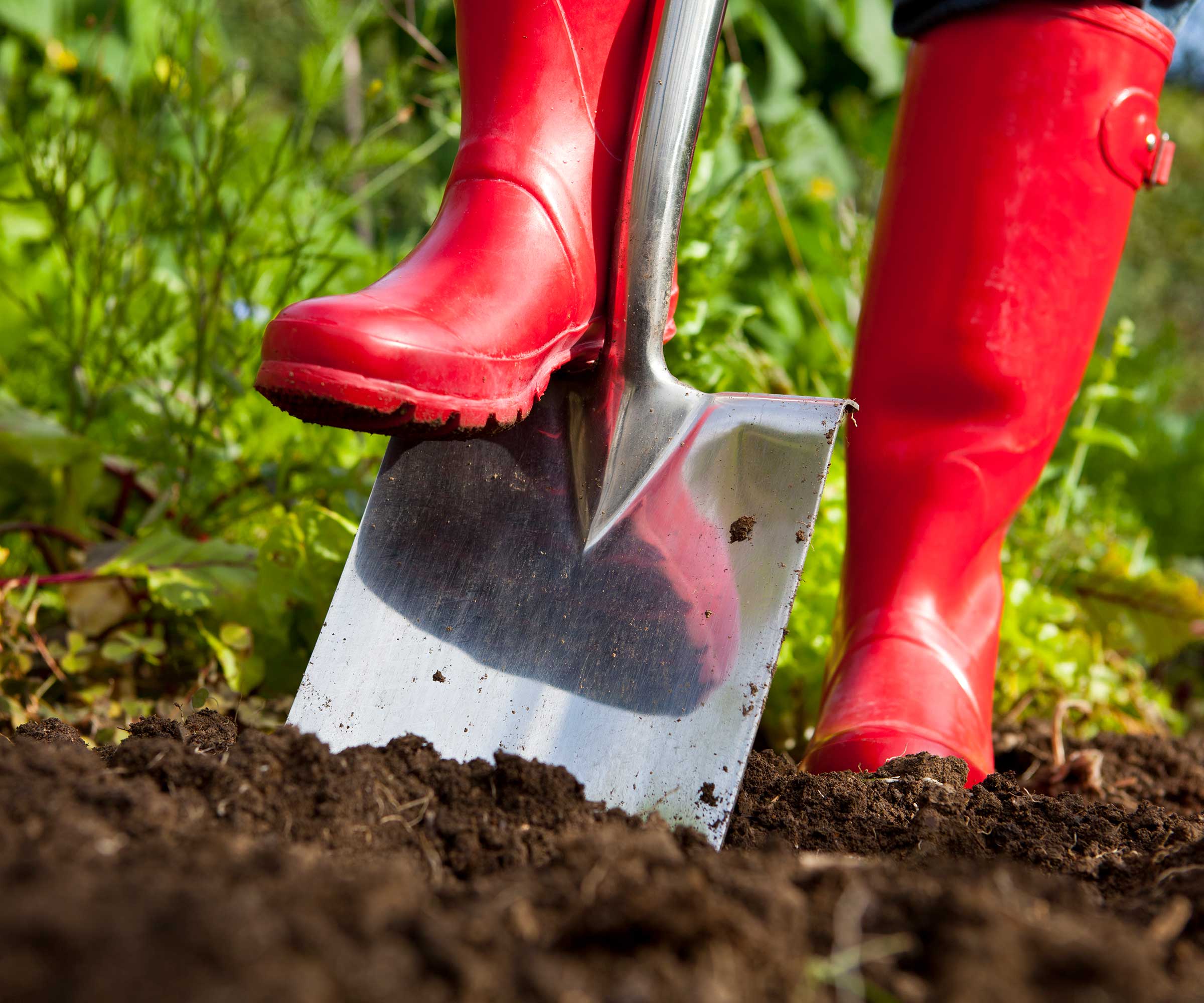
Planting into rocky or compacted clay soil can be seriously hard work. Instead, consider planting on top of it rather than in it, as Amy suggests, by using raised beds filled with nutrient-rich soil. 'Not only does this provide the ideal growing environment for your plants, but the taller garden beds mean less bending for you.'
If you really want to plant in rocky soil, she recommends selecting plants that like growing in such conditions, such as coreopsis, coneflower, and miscanthus.
'Making sure your shovel is sharp can go a long way, especially in clay soil,' adds Justin, who recommends sharpening the blade yearly. You can also make clay easier to deal with in the long term by annually or twice-a-year topdressing with compost, he adds. 'As the compost breaks down, it helps to loosen the clay particles over the course of a couple of years.'
4. Labor-intensive mulching
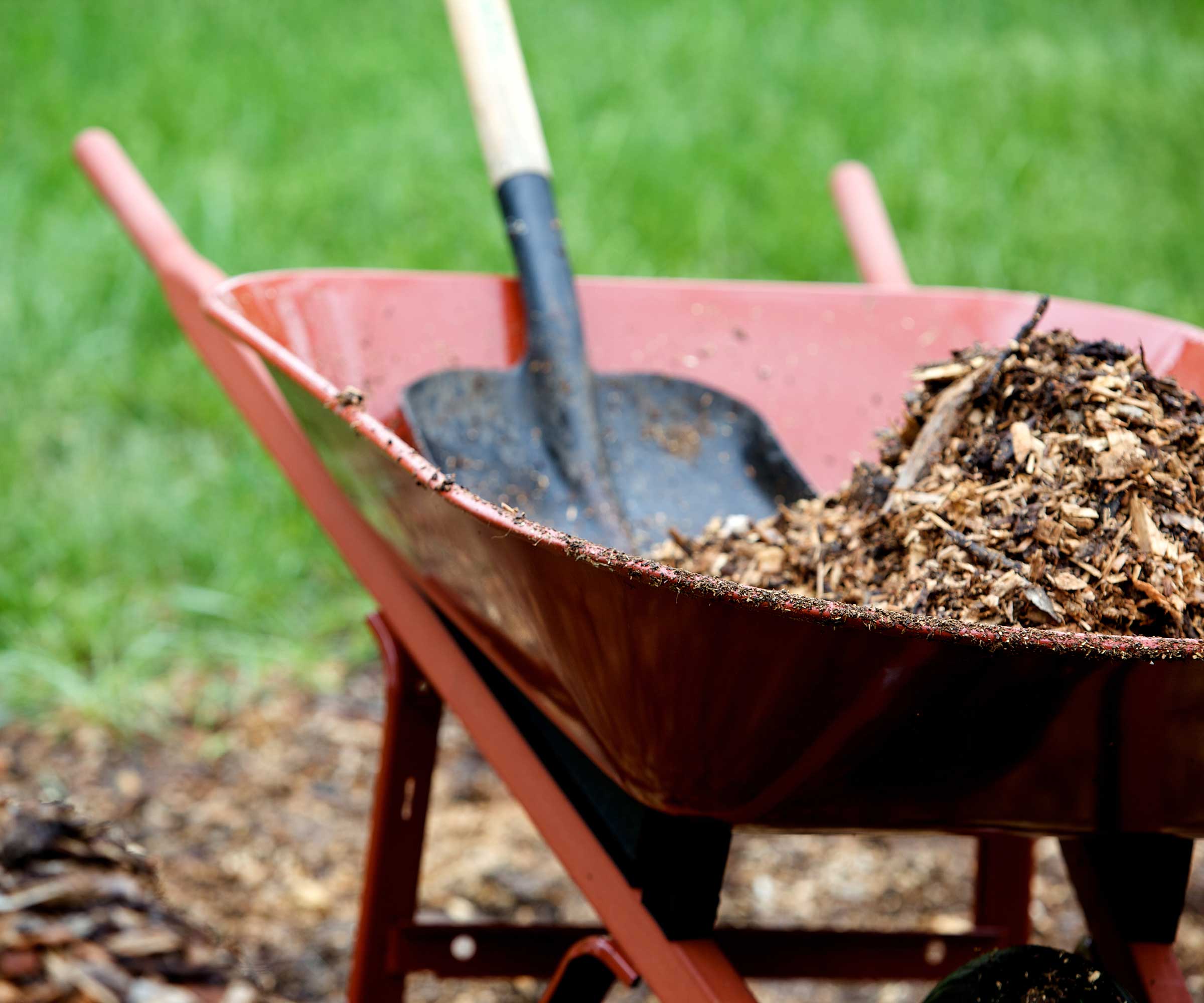
Mulching is valuable for keeping weeds at bay and retaining soil moisture, but it can be a time-consuming task, especially if you're going back and forth over a large space.
Justin shares that he mentally divides the mulching area into smaller sections. 'I’ve always found it easier and less daunting when you can celebrate little wins rather than focusing on the whole project – that might seem like it’ll never get done while you’re doing it,' he says.
'I also start at the farthest away point and make my way closer to the mulch pile as I progress so it gets easier rather than harder as I go,' he adds.
Amy also recommends using a wheelbarrow or tarp to move larger quantities of mulch around your garden beds, creating smaller mounds to then spread. 'The benefits of bagged mulch, like Miracle-Gro® organic mulch [available from Amazon] is that the bags can be placed throughout the garden beds,' she adds.
5. Constant summer watering
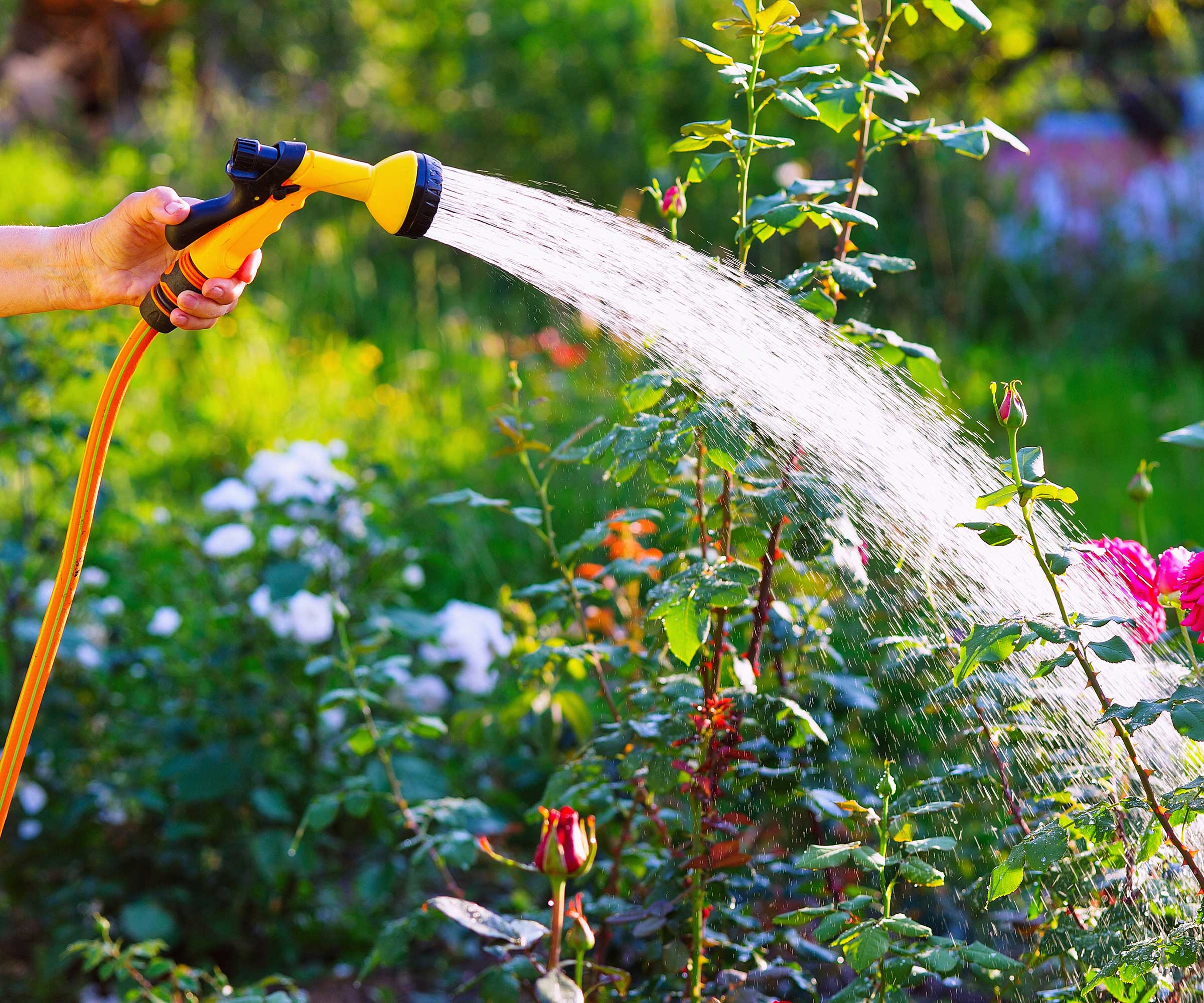
Watering your outdoor plants can feel like a constant battle in the height of summer, and the idea of keeping it hydrated if you're going on vacation can be nerve-wracking.
'Installing a drip irrigation system or using soaker hoses delivers water directly to roots with minimal waste,' says Amy. She also recommends watering in the early morning ('before 10am'), to help limit water loss due to evaporation.
'A good two- to three-inch-deep layer of mulch over the soil will decrease the amount of moisture lost to evaporation,' adds Justin. 'Depending on your setup, you might also want to look at buying a couple of inexpensive timers to automate your watering process so you don’t need to spend the time on it.
'Plant selection also helps a lot,' he continues. 'Some plants hold up better to hot, dry conditions and don’t need (but still appreciate) watering as frequently as those that don’t hold up to hot, dry spots.' We've rounded up some gorgeous drought-tolerant plants in our dedicated guide that you could try.
FAQs
How can you plant summer bulbs quickly?
Planting summer bulbs is a key springtime task, but if you're getting large amounts in the ground, it can feel laborious. Horticulturist Peggy Anne Montgomery has a top tip to make quick work of the job: to attach an inexpensive bulb auger to a cordless drill. 'They are available in different widths, from narrow for minor bulbs like crocus, to wider models for lilies or dahlias.
'I’m all for working smarter, not harder,' she says. 'When putting in 1,400 bulbs for a bulb lawn a couple of years ago, I got it all planted with an auger in one morning.'
How can you prevent potted plants from drying out so quickly?
If your container garden tends to be a labor of love in the warmer months, consider using self-watering pots or trying watering globes. Consider the material of the pot, too – terracotta ones will generally dry out quicker than glazed ceramic ones.
If you're looking for more tips to make tending to your garden less time-consuming, our list of gardening hacks for busy growers will help.







